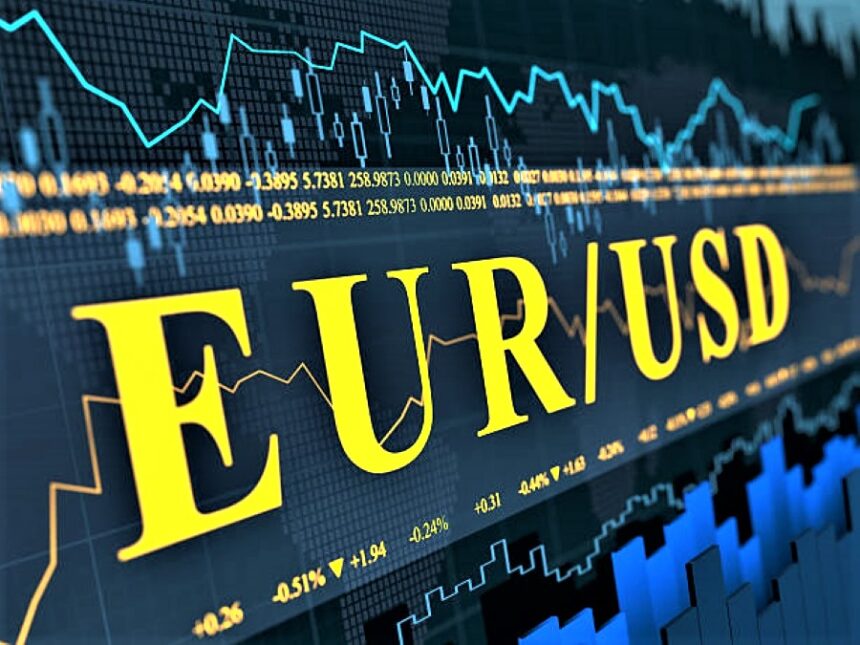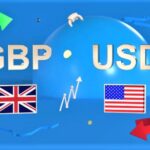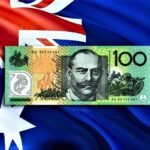EURUSD is trading flat above 1.0700, as strong ECB rate cuts in June offset the Fed’s less hawkish comments.
In Thursday’s early American session, EURUSD was trading in a tight range above round-level support at 1.0700. The major currency pair’s upside is limited around 1.0736 this week. As the European Central Bank (ECB) is likely to begin decreasing its benchmark borrowing rates after the June meeting. The Federal Reserve’s (Fed) slightly less aggressive guidance on interest rates has aided the downside.
April’s preliminary Inflation data for the Eurozone revealed. That annual headline inflation increased gradually by 2.4%. In the same period, the core Consumer Price Index (CPI). Which excludes volatile food and energy prices, fell to 2.7% from 2.9% in March. Although investors expected a larger drop to 2.6%. The report showed that Eurozone inflation is on track to revert to the target rate of 2%. As a result, ECB policymakers remain committed to lowering the main refinancing operations rate beginning in June.
ECB is likely to switch to interest rate decreases in June, as Eurozone inflation approaches 2%.
Meanwhile, ECB members are divided on whether the central bank should extend the rate-cutting cycle to policy meetings after June. Currently, financial markets expect the ECB to decrease interest rates three times this year.
On the other side of the Atlantic, the USD is under pressure. The Fed remains confident about addressing quantitative easing this year, although conceding that progress toward lowering inflation to 2% has halted.
Daily Market movers: EURUSD comes under pressure as the US Dollar looks for strong footing.
EURUSD is in a tight range above the critical support level of 1.0700. The main currency pair sank substantially on Wednesday as investors braced for the Federal Reserve’s monetary policy decision. However, it recovered sharply after the Fed’s interest rate forecast proved less hawkish than expected.
The Fed’s decision to leave interest rates stable in the range of 5.25%-5.50% for the sixth time in a row came as no surprise to investors, but its statement indicated that it is eager to transition from a hawkish to a neutral attitude.
Fed Chair Powell is optimistic about rate reduction later this year.
Fed Chair Jerome Powell stated in his press conference following the Federal Open Market Committee (FOMC) meeting that he still expects interest rates to fall this year, despite the fact that stalled progress in the disinflation process has shaken his confidence.
A dramatic decrease in the extent of balance sheet shrinking was another sign of the central bank’s aim to gradually transition to quantitative easing. The Fed announced that beginning June 1, it will decrease the maximum on Treasury securities that age and are not replaced to $25 billion, down from the existing cap of up to $60 billion every month, Reuters reported.
The news and wording put severe pressure on the US dollar. The volatility of the US dollar is projected to continue high. Investors are waiting for the US Nonfarm Payrolls (NFP) and ISM Services PMI statistics for April, which will be released on Friday. The US NFP is expected to have expanded by 243K, which is lower than the 303K job additions recorded in March. The ISM group predicts an increase in the Services PMI to 52.0 from 51.4 in March.
Meanwhile, the US Dollar Index (DXY), which analyzes the US dollar’s value against six major currencies, is hovering around 105.70 following the release of steady weekly Initial Jobless Claims and dismal Q1 United Labor Costs data. Individuals collecting unemployment benefits for the first time for the week ending April 26









